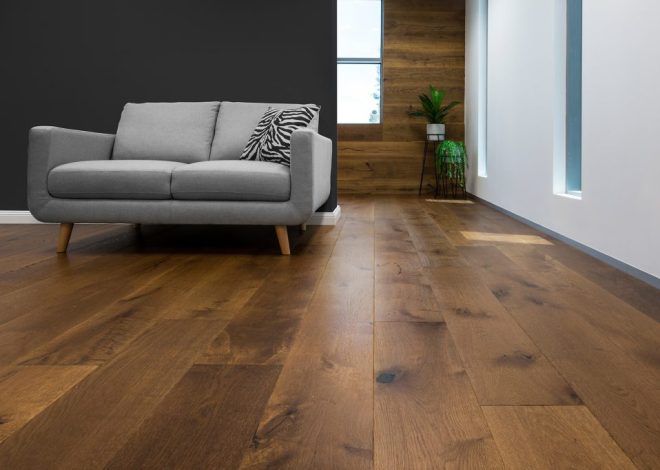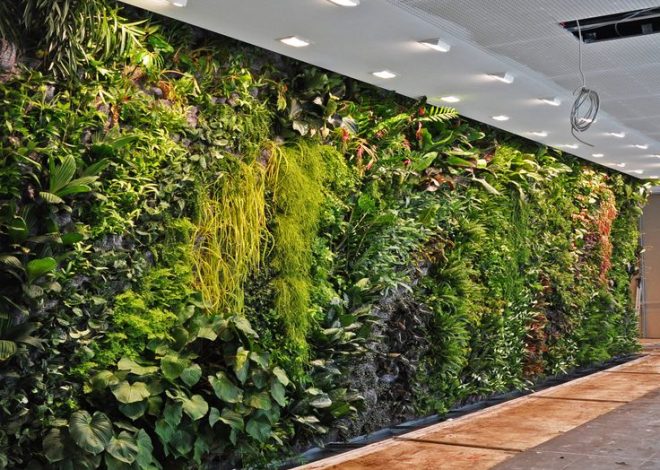Acrylic Paints vs. Tempera Paints
If you’ve ever attended an arts and crafts class, you’ve likely encountered tempera paints, also known as poster paint. These non-toxic, allergen-free, water-based paints come in a vast array of vibrant colors, are easy to use, and highly accessible.
Many people struggle to distinguish between tempera and acrylic paint. If you’re wondering about the differences between these two, and which one suits your painting needs for large coastal art better, you’re in the right place.
Despite their similarities, there are key differences that give each type its unique properties. Understanding these differences can help you make an informed decision about which paint to use for your projects.
Acrylic Paints vs. Tempera Paints
Let’s explore the differences between acrylic and tempera paints, weighing their advantages and disadvantages, to help you choose the right type of paint for your artistic needs.
What Are Acrylic Paints?
Acrylic paint, first used in the 1950s, is one of the most popular types of paint today. This medium consists of pigments suspended in an acrylic emulsion, which acts as a binder. Most acrylic paints use water as a vehicle. When the water evaporates, the pigments stack up, held together by the acrylic binder, making acrylic paints water-soluble yet more durable than tempera paints.
Advantages of Acrylic Paints
Versatility
Acrylic paint’s versatility is perhaps its most lauded feature. Acrylic paints can be mixed and blended not only with other acrylics but also with various mediums and additives, allowing artists to achieve a range of effects.
Vibrant Colors
Acrylic paints come in a wide variety of rich colors, both natural and synthetic. For example, our Nova Color paints are available in over 90 vibrant colors that can be mixed to create an almost infinite range of shades.
Compatibility with Multiple Surfaces
Acrylic paints adhere to any porous surface, such as paper, cardboard, foam, leather, wood, concrete, and stone, especially when properly primed.
Ease of Use
Acrylic paints are user-friendly. Being water-based, they don’t require toxic chemicals for thinning or cleaning. Spills can be cleaned with just soap and water.
Durability
Acrylic paints, thanks to the acrylic resin binder, maintain their color longer and are more resistant to physical damage. When varnished, they retain their vibrancy for even longer.
Quick Drying Time
Acrylic paints dry much faster than other types. For instance, Nova Color paints dry to the touch in about 30 minutes and completely within 1.5 to 2 hours.
Accessibility
Acrylic paints are widely available and affordable, making them accessible to both beginners and experienced artists.
Safety
Most acrylic paints are non-toxic and safe to use without gloves.
Disadvantages of Acrylic Paints
Overwhelming Choices
The vast array of colors can be daunting, especially for beginners. Starting with basic colors can help mitigate this.
Color Changes
Acrylic paints tend to darken when they dry, so artists need to account for this when mixing colors. Sealing with a gloss varnish can help restore brightness.
Quick Drying Time
While generally an advantage, the quick drying time can be a drawback for techniques like blending. Using an acrylic retarder can extend working time.
Surface Compatibility
Acrylic paints don’t adhere well to nonporous surfaces like glass, metal, and some plastics without proper preparation and priming.
Difficult to Remove Once Dry
While easy to clean when wet, dried acrylic paint is much harder to remove. Protecting work areas and cleaning brushes promptly can help.
Variable Quality
Not all acrylic paints are of the same quality. Lower-quality paints can produce inferior results.
What Are Tempera Paints?
Originally, tempera referred to a medium using pigments mixed with egg yolks, used for centuries until oil paints became prevalent in the 1500s. Today, tempera paints, often called poster paints, use pigments mixed with water-soluble binders like starch or cellulose.
Advantages of Tempera Paints
-
Water-Based: Tempera paints are easy to thin with water and clean off, even after drying.
-
Safe and Odorless: Being safe and odorless, tempera paints can be used in enclosed spaces.
-
Multiple Forms: Available in jars, bottles, or powdered form, tempera paints offer creative options.
-
Quick-Drying: Tempera paints dry quickly, usually within 5 to 10 minutes, with a matte finish.
-
Affordability: Tempera paints are inexpensive and widely available.
Disadvantages of Tempera Paints
-
Porous Surface Requirement: Tempera paints work best on porous surfaces like paper or cardboard and don’t adhere well to nonporous surfaces like plastic or glass.
-
Less Durability: Tempera paints are prone to cracking, flaking, or peeling over time, even with varnish.
-
Reactivation with Water: Tempera paints can be reactivated with water, making them less suitable for layering techniques.
-
Color Muddying: Reactivation with water can also lead to muddied colors when blending layers.
Key Differences Between Acrylic and Tempera Paints
-
Color Vibrancy and Opacity: Both acrylic and tempera paints have vibrant colors due to their pigment binders. However, acrylic paints dry to a smooth, glossy finish, while tempera paints dry matte.
-
Mixing and Blending: Acrylic paints, despite their quick drying time, can be extended with mediums to allow for easier blending. In contrast, tempera paints rehydrate easily with water, which can result in muddied colors.
-
Health and Safety: Both types of paint are generally safe, but it’s important to use them as intended. Acrylics can release harmful fumes when heated, and tempera paints should not be used on the skin.
-
Cost and Accessibility: Tempera paints are cheaper and easier to clean up but are less durable and versatile than acrylic paints. Acrylics, while more expensive, offer more longevity and can be used on a wider range of surfaces.
Conclusion
Choosing between acrylic and tempera paints for surfboard wall artwork depends on your project’s needs. Acrylic paints offer durability, versatility, and vibrant, long-lasting colors, making them ideal for various surfaces and professional work. Tempera paints, on the other hand, are perfect for quick, easy, and safe projects, especially on porous surfaces and for beginners. Understanding these differences will help you select the right paint for your artistic endeavors.



